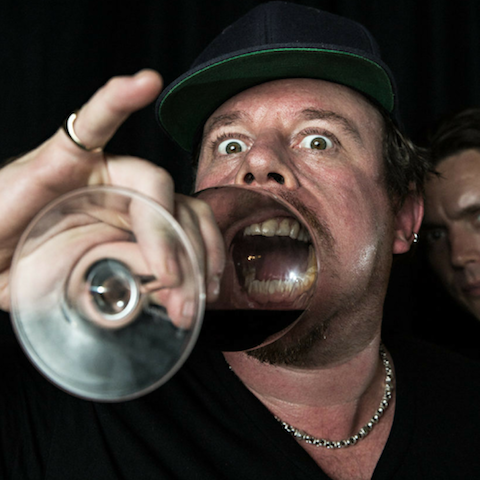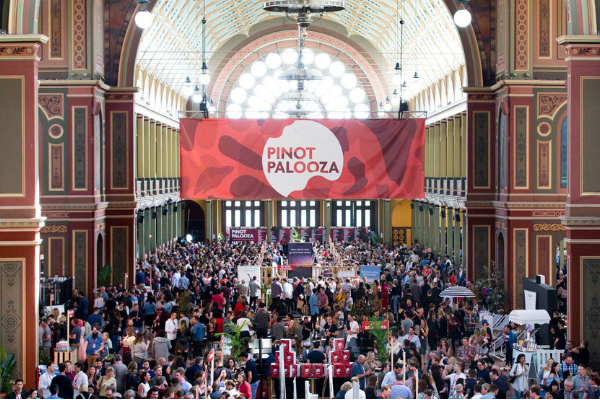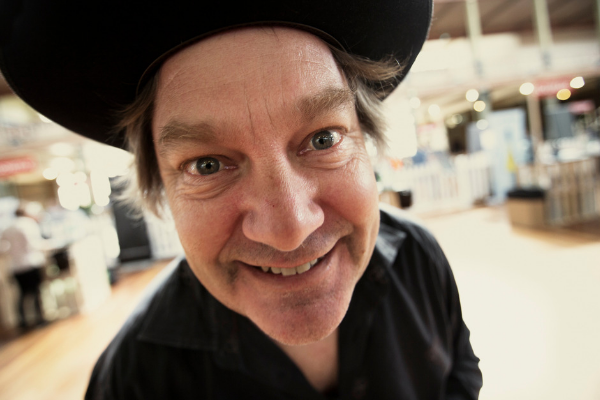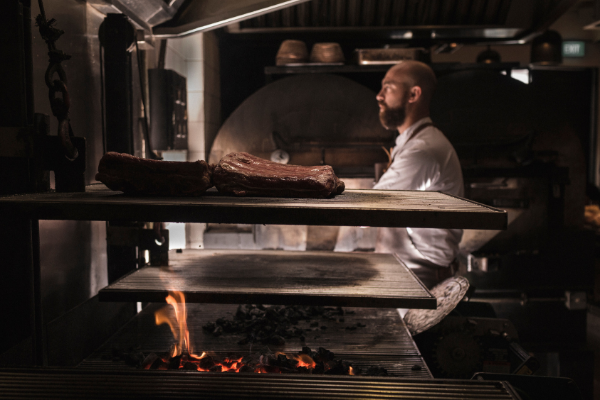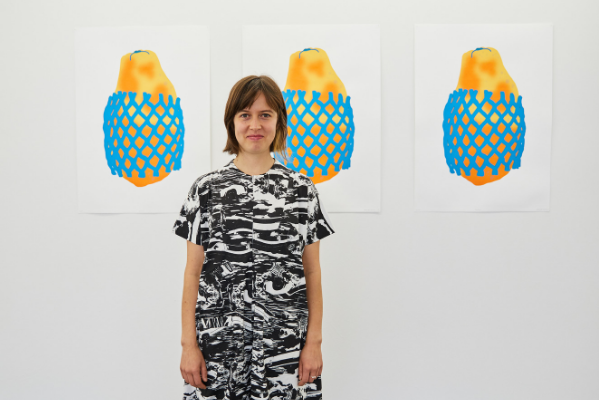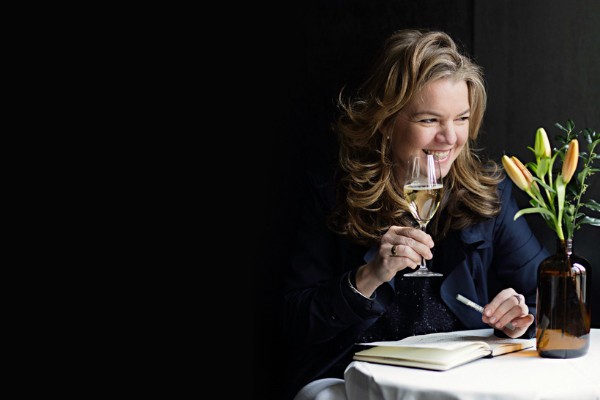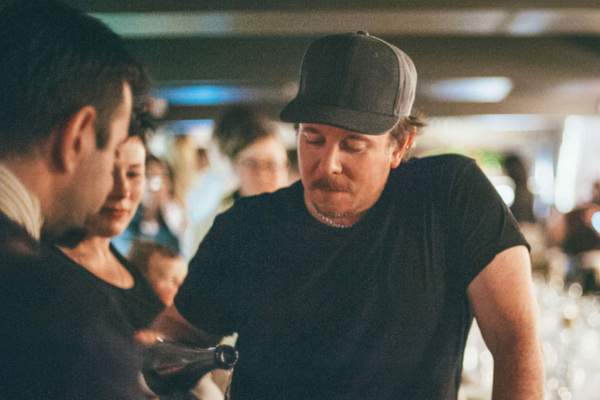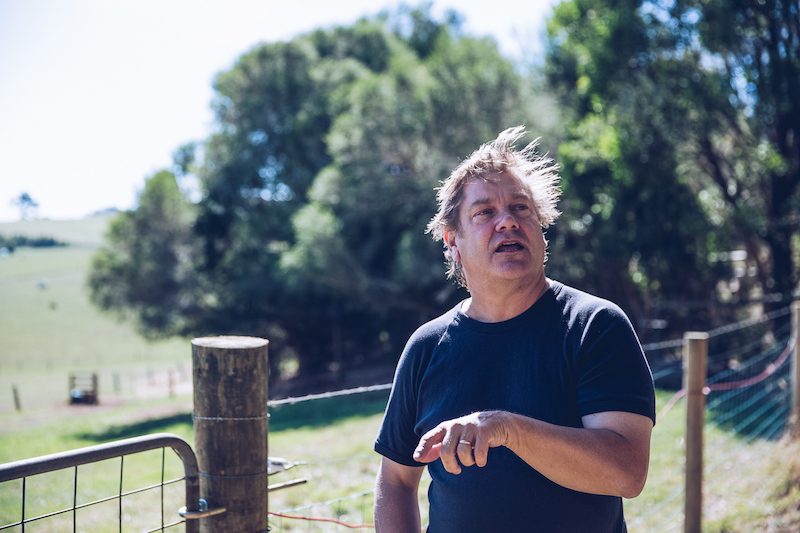Baller wines are a thing. It’s the equivalent of top shelf. It’s the rare and hard to find wines. It’s the wines that are soaring into triple figures, and in some cases, four. Pinot noir is definitively in the mix. Burgundy has done a good job equating pinot wines from the region with a decadence-expense matrix that seems to rise yearly. We’re mainlining a similar hit in Australia, with a collection of pinot noir wines that now assert commanding prices, pushing past a hundred dollars, and in some cases, hundreds.
No doubt pinot noir grapes are some of the most expensive to buy in Australia, with costs per tonne at the upper level of any across the country. The fickle variety is tricky to grow, by and large, requiring more output and costs to ensure health and wellbeing of vines and vineyards. Deft winemaking, brand recognition, fancy winemakers – all play a part in pricing. Then there’s the gear, with high-tech equipment to ensure grapes are treated righteously and best-of oak barrels layering in additional cost.
That being said, the actual cost per bottle versus realised price is another thing all together. Effectively, no wine costs $100 to make. You’d be hard pressed working up $50 into a base cost to manufacture wine, even if the cost per tonne was upper echelon and all the finest winemaking was applied. So what goes into wine to make it hit the high notes of pricing?
The directive is that winery, winemaker, reputation, marketing and derring-do all play a part. Established producers get cred for legacy, and for output that has dazzled the buying market for years. Scarcity plays a role too, be it old, small vineyards or single barrel selections. The less of something, the more people want to have it, or something like that. Throw the phrase ‘cult wine’ around and you can turbo-charge the price.
So who’s in the mix? What are Australia’s baller pinots?
The coterie of producers looking to tap into elite spending come from a mix of trusted, established, prestige producers, and a clique of ambitious upstarts. Here’s the gist.
Bass Phillip Reserve Pinot Noir/Premium Pinot Noir ($590/$220)
The Reserve Pinot Noir is Australia’s most expensive, and stood at $350 since the late noughties, then leapt to $550 in 2013 and upped its price once more in 2015 to the lofty $590 it stands at currently. Bass Phillip is a small, biodynamic, highly-praised producer of hauntingly beautiful, idiosyncratic Gippsland, Victoria wines. The wines are often soft in the palate, spreading gently, lean in fruit character and strong in herb, spice, savouriness and that sense of ‘minerality’.
Glaetzer-Dixon Judith Pinot Noir ($220)
The first release of this aspiring wine leapt out of the blocks at $220 in 2013. It’s Tasmanian, it has the pedigree of the Glaetzer name (the famed, extended family is based in Barossa Valley, South Australia, producing powerful, regional wines), the winemaker has won the revered Jimmy Watson Trophy, the fruit is high quality, fancy oak is lavishly applied. Ticks many boxes
Yering Station Scarlett Pinot Noir/Reserve Pinot Noir ($250/120)
The 2015 harvest conspired with outstanding growing conditions, and hence we saw the first release of the $250 Scarlett designated pinot noir from this established, premium producer. The Reserve wine is no slouch at $120 a bottle too. These are full flavoured yet medium bodied styles – highly polished, elegant and refined wines.
Mount Mary Pinot Noir ($130)
Mount Mary has the reputation, longevity, lineage and next level wines to pull off just about any price for a wine. Recent releases of pinot noir have near eclipsed their famed cabernets blend, with impossibly satiny texture, fine pucker of tannins, beautiful perfume and incredible restraint that bodes well for cellaring.
Bindi Block 5 Pinot Noir ($110)
Arguably Australia’s finest pinot noir, the wine is hand-crafted from a single parcel of fruit from an extraordinary site in Macedon Ranges. The Block 5 saturates the palate with flavour but remains fine boned, with velvety texture, a sense of purity and exceptional length as calling cards. The wines retain their vitality even wine some considerable age.
Stefano Lubiana Sasso Pinot Noir ($130)
Tasmania’s premier biodynamic vineyards, a family operation, outstanding cool climate location, a gentle hand in the winery – a formidable check list. The wine itself is quietly powerful, deeply concentrated yet retains a fine suede texture through its exceptional length. There’s a sense of immense, immediate pleasure here.
Coldstream Hills Amphitheatre Pinot Noir ($150)
A relatively new release and a relatively new wine for the baller list, this singular pinot noir is quite assertive in its forward, concentrated fruit flavours, palate saturating in a way, fleshy, yet still holds a sense of freshness despite the generosity apparent. The bold, muscular style is done well here.
Domaine Simha Raja Pinot Noir/Rana Pinot Noir ($275/$175)
Esoteric wines from a quirky Tasmanian wine producer, these are very rarely seen wines, on the cusp of loose-knit in texture, sprinkled with herbal notes and a sense of sour-pickled cherries. They have great volume of perfume, a sense of expressiveness and present uniquely.
Yarra Yering Carrodus Pinot Noir ($250)
Yarra Yering’s flagship pinot noir leads the Yarra Valley’s top end pinot noir pricing, and delivers a firm, restrained, chunky pinot noir of strong, cherry-berry fruit flavour, judicious but noted cedary-sweet spice oak charactes and ribs of fine, silty tannins. It feels like one for the cellar, but the athletic style might just be appealing to some as a young wine, for those seeking impact from their pinot noir drinking.


